Ox String For Shotgun, Rifle, & Pistol Shooters, Golfers, & More!
"The 10-Minute Tactical Vision Protocol That's Helping Shooters Crush Flinch, Automatically Find the Dot, and shoot an average of 20% faster and more accurately in less than 10 minutes (even with older eyes)"
This is how frustrated shooters are using tactical vision training (used by elite military & law enforcement) to:
→Make Fast+Accurate Presentations AUTOMATIC (regardless of whether you're using irons or dots...sighted or unsighted aiming.
→Finally shoot (and hit) with BOTH eyes open
→See targets clearer and aim faster (even under match pressure or self-defense stress)
→And crush that annoying flinch once and for all...
And do it all in just 10 minutes without patches, blinders, squinting, eye fatigue, or crazy modifications!
Backed by research from Stanford, Harvard & Penn
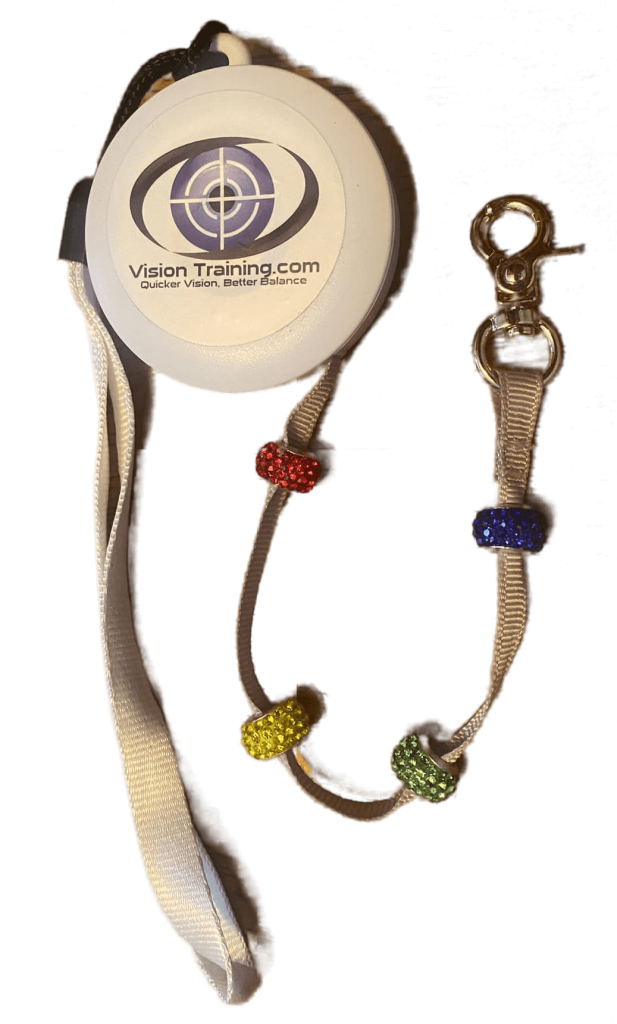

The BEST Value In Firearms Training Today
INSTANT ACCESS
✓ Stream from any device
✓ Lifetime updates included
✓ Start in the next 5 minutes
Helped At Nationals
Your vision drills helped me a ton at Nationals last year. I was able to see a bird coming from the back and across, get in it and hit it every time. All because my peripheral vision has increased with your finger movement drill.
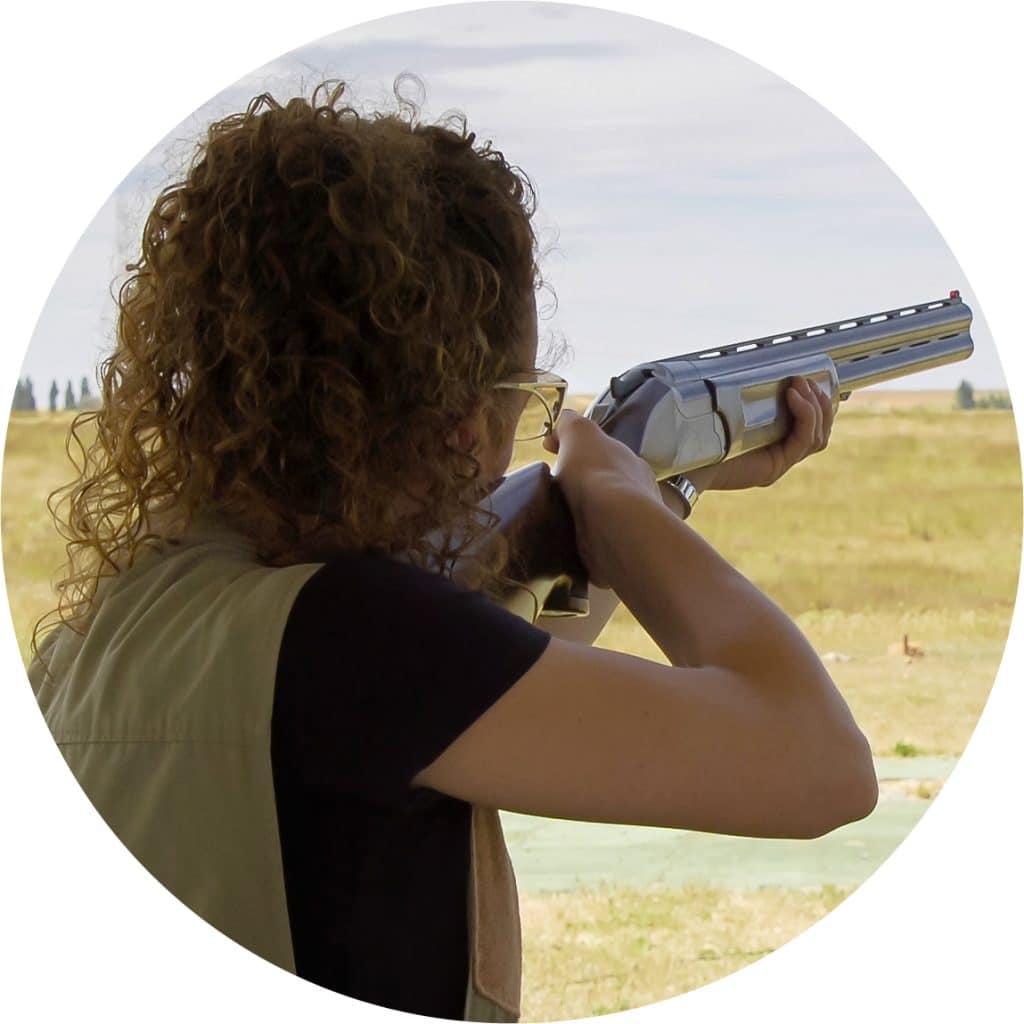
Crystal
It was like magic!
"Mike taught me a few neuro drills that had an almost instant positive impact. It was like magic!"

Tim Schmidt
Founder and CEO
US Concealed Carry Association
Use the drills for shotgun, pistol, & rifle
I use your drills the most when I am hunting. After I am situated in my stand I do several of your drills.
They sharpen my senses which makes me more calm and steady for my animal harvests.
I use your drills for shotgun, pistol and rifle.
Thank you for increasing my hunting success
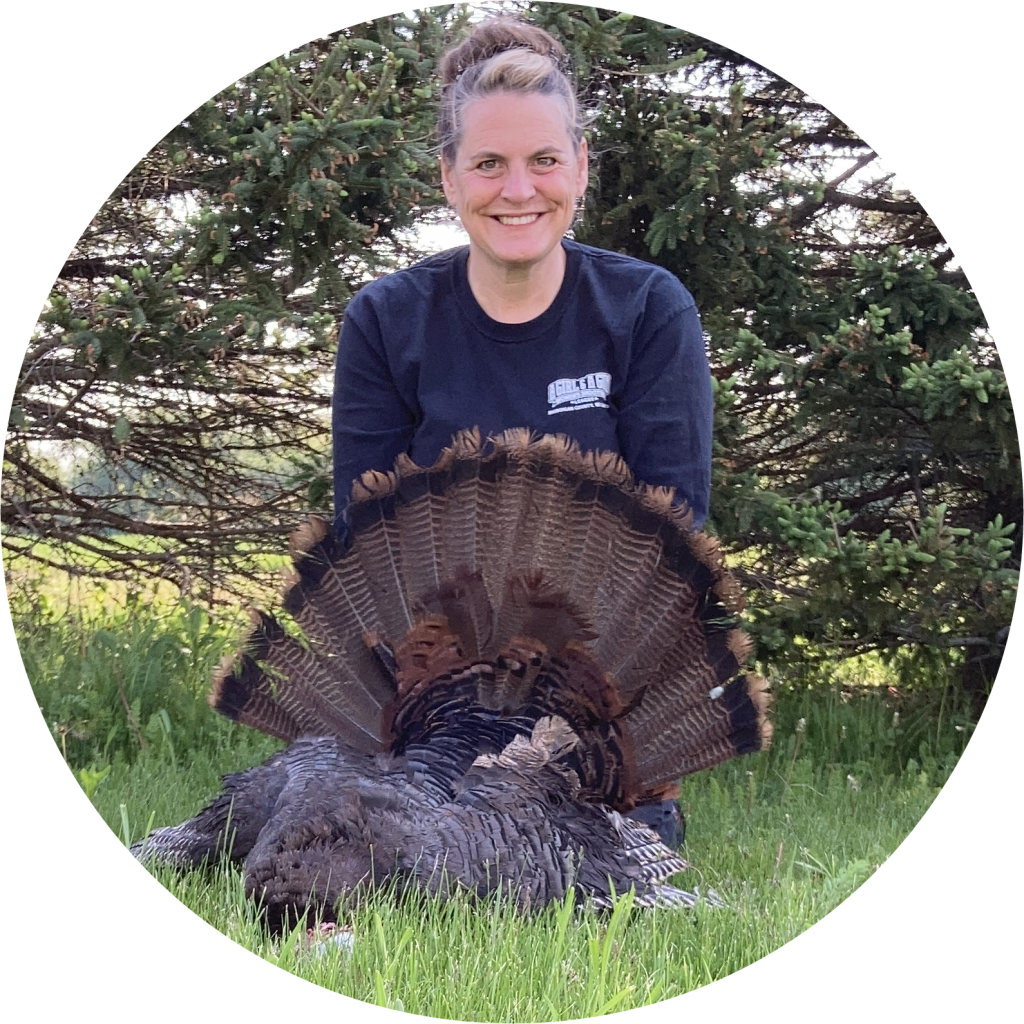
Starla
How's This Possible?
Here's something fascinating about shooting performance that most people don't realize...
80% of shooting is "above the neck" - it's mental and visual.
Think of your shooting like a computer:
• Your gun = Hardware
• Your technique & mental game = Software
• Your nervous system = CPU
Here's the problem:
Most shooters keep buying new guns (hardware) or taking classes (software)...
But they're ignoring the CPU running it all.
That's why the Neuro-Sync Protocol works so fast:
It's like installing a new processor in your shooting system. Suddenly:
→ You shoot better with any gun you pick up
→ Every technique works smoother
→ All that "mental game" stuff finally clicks
The cool thing? We can upgrade your nervous system at any age and it only takes about 10 minutes.
👁️ Sight Vs. Vision
The Truth Most Shooters Never Learn
Before I show you exactly how this works...
You need to understand something most shooters never learn:
SIGHT
= How clearly you see
(Fixed easily with glasses or contacts)
VISION
= The 20+ parts of the brain that process what you see
(This is where the magic happens, because unlike sight, we can dramatically improve vision at any age in minutes.)
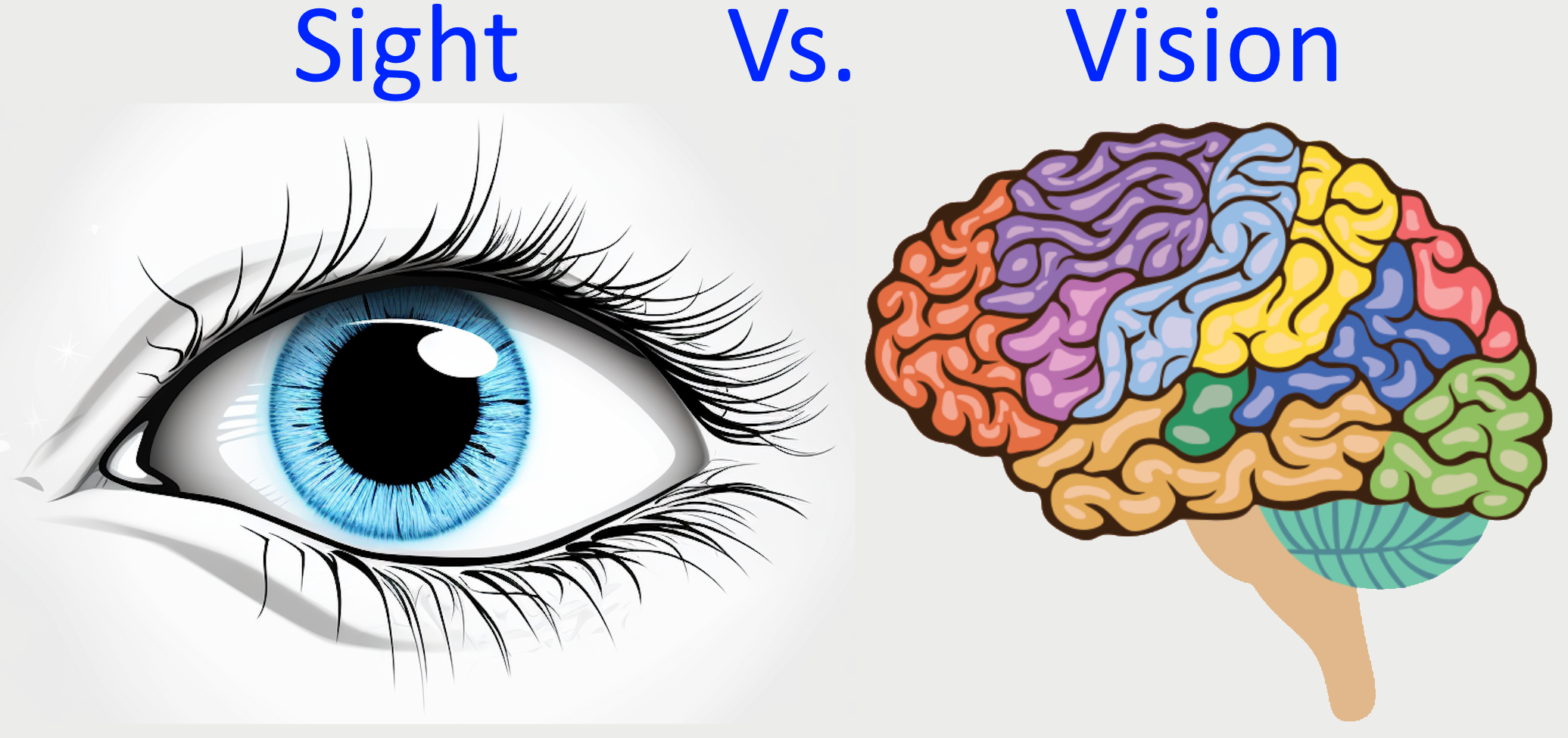
THE SHOCKING TRUTH:
• 80% of your performance comes from vision
• 20+ brain areas process vision
• Vision affects everything:
- Target acquisition
- Sight alignment
- Recoil management
- Stress levels
- Energy levels
Think About It:
You wouldn't compete with broken sights or bad ammo...
So why compete with broken visual software?
THE PROBLEM:
Most shooters are using only 60-70% of their visual system.
It's like:
• Shooting with one eye closed
• Using only half your magazine
• Training with a blindfold
THE SOLUTION:
The Neuro-Sync Protocol activates your FULL vision potential in minutes.
The 4 Hidden "Vision Traps" Killing Your Shooting Performance
TRAP #1: WRONG EYE DOMINANCE TEST
The standard "triangle test" gets it wrong for 30% of shooters.
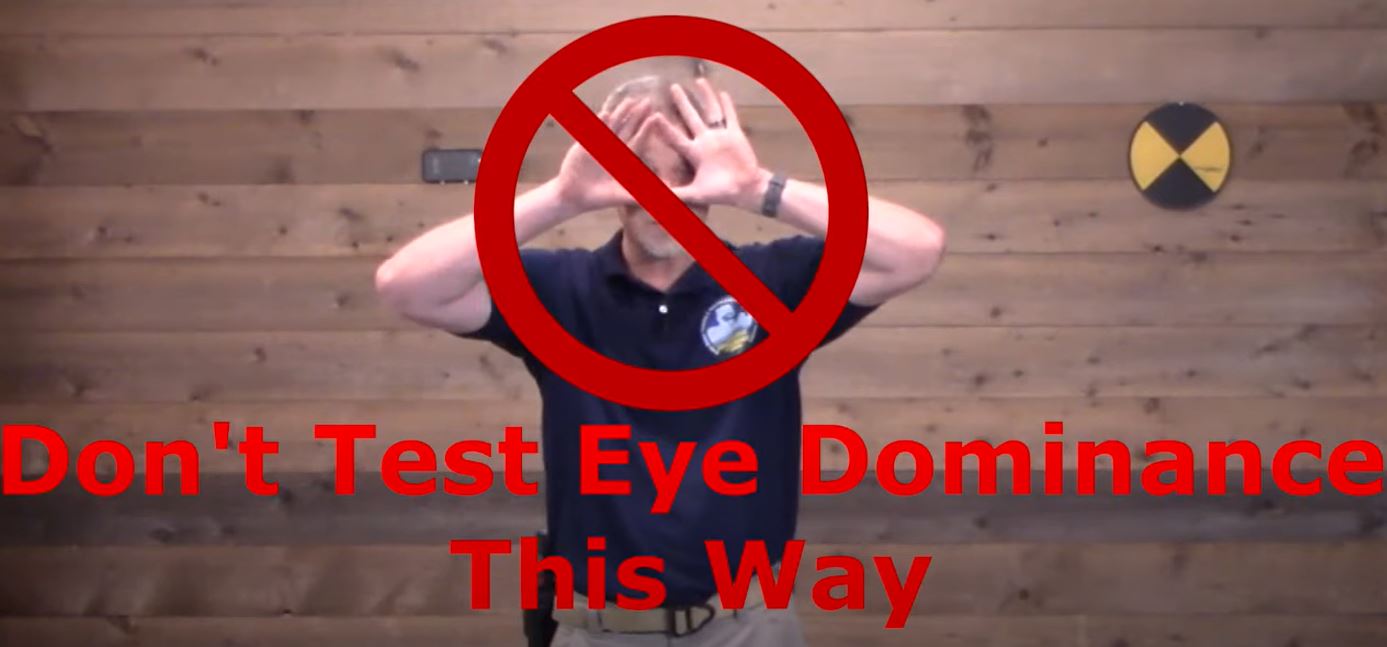
There are actually 4 types of eye dominance that matter for shooting:
• Right eye
• Left eye
• Cyclopean (that weird "3rd eye" thing)
• Shared dominance

Even worse? Your dominance can SHIFT throughout the day due to:
• Stress
• Fatigue
• Medication
• Head impacts
• Blood sugar
• Eye strain
• Dehydration
TRAP #2: THE PRESENTATION TRAP
10-20% of shooters naturally present their sights/dot AWAY from their dominant eye instead of between their eye and target.
Result? Delays lining up the sights/optic and miss after frustrating miss.
And the worst part? The more you practice this way, the more you hardwire the problem.
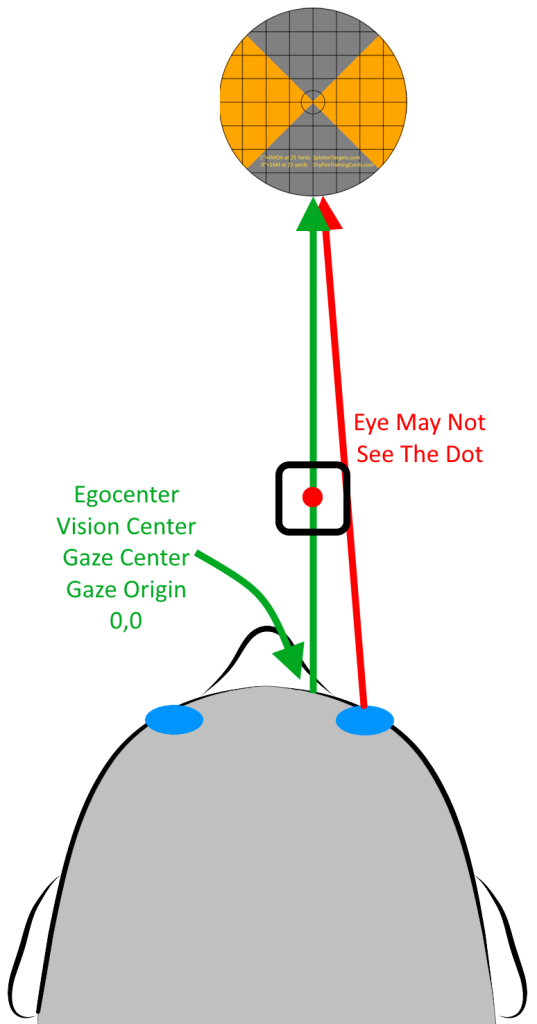
This is an even bigger deal when you're aiming 'instinctively.'
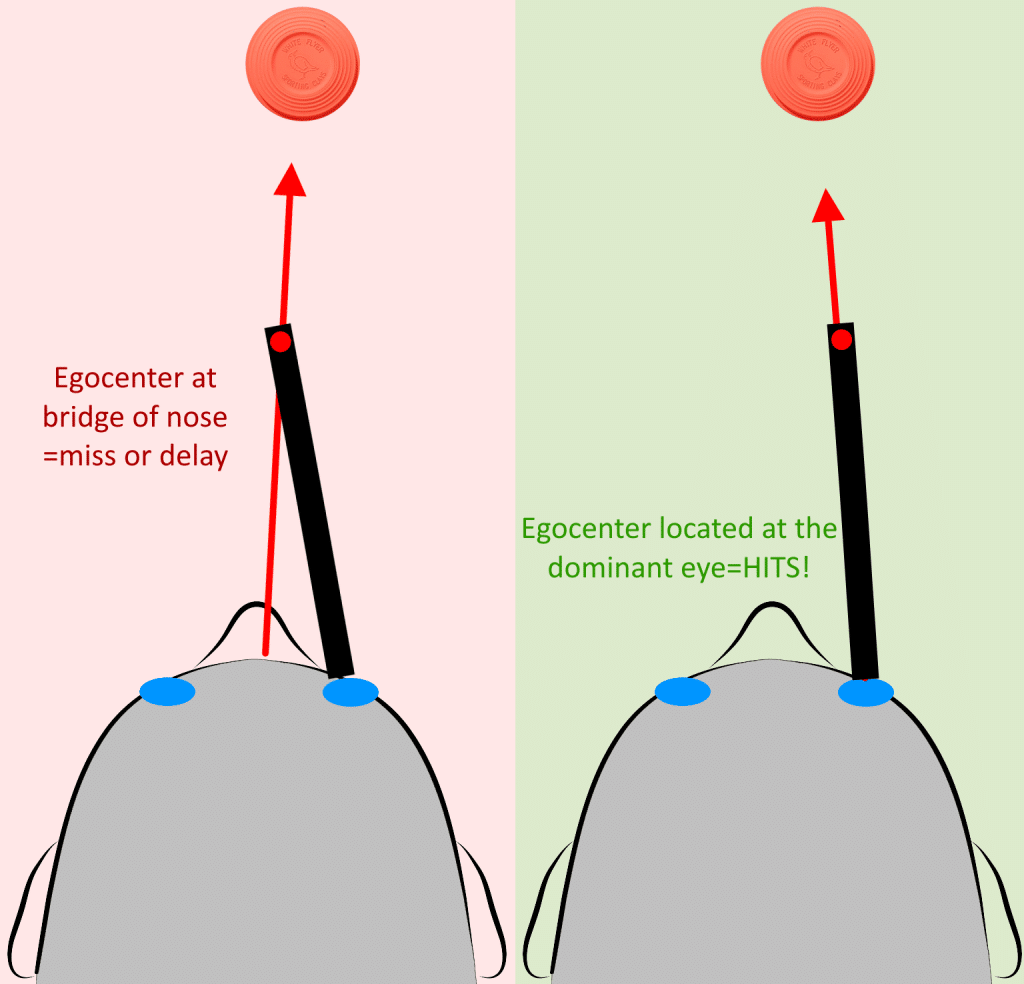
TRAP #3: THE ONE-DEGREE DESTROYER
This one's sneaky...
Your eyes might look perfectly aligned in the mirror. But just ONE degree of misalignment (too small to see) can throw everything off...by WAY more than 1 degree.
Distance looks wrong. Your shots randomly group left or right. And that target you SWORE you were dead-on? Yeah... welcome to the twilight zone of misalignment.
TRAP #4: THE "SLOW REACTION" MYTH
"I'm just getting slower with age..."
Nope. What feels like slow reactions is actually "vision speed" - how fast your eyes move together and your brain processes what they see.
And here's the crazy part... this speed can be upgraded like installing a faster processor.
The good news?
All 4 traps can be fixed in minutes with the Neuro-Sync Protocol.
Get Instant Access To:
✓ Complete Neuro-Sync Protocol HD Video Training
✓ Smart-Search Technology - Find any drill instantly
✓ Train on any device
✓ Patent-Pending Ox String training tool
✓ Lifetime updates included
How It Works
Here's just one of the powerful drills from the Neuro-Sync Protocol:
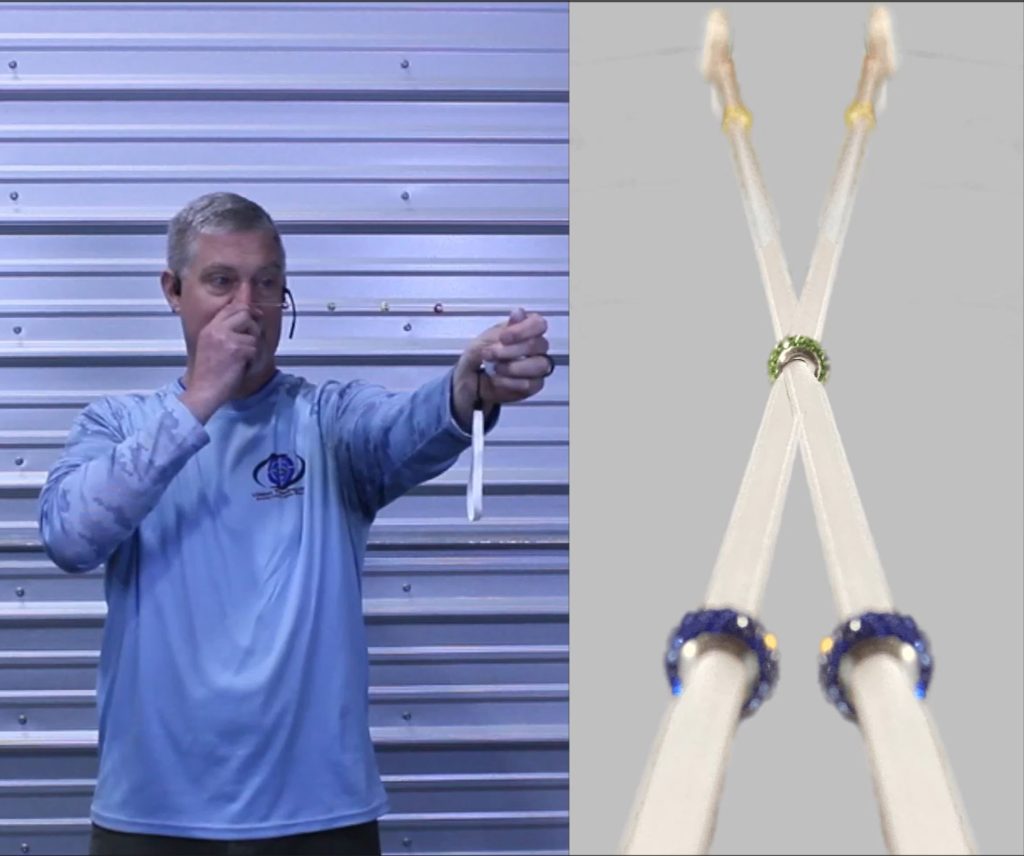
Using the included Patent-Pending Ox String (or even just your shotgun barrel, a USB cable, or a special image I'll give you to save on your phone):
1. Hold it in a specific way I'll show you
2. Focus on key spots I'll identify
3. Learn to see the "X" at exactly the right place
WARNING SIGNS:
About half of shooters don't see the X at the right spot - When that happens...
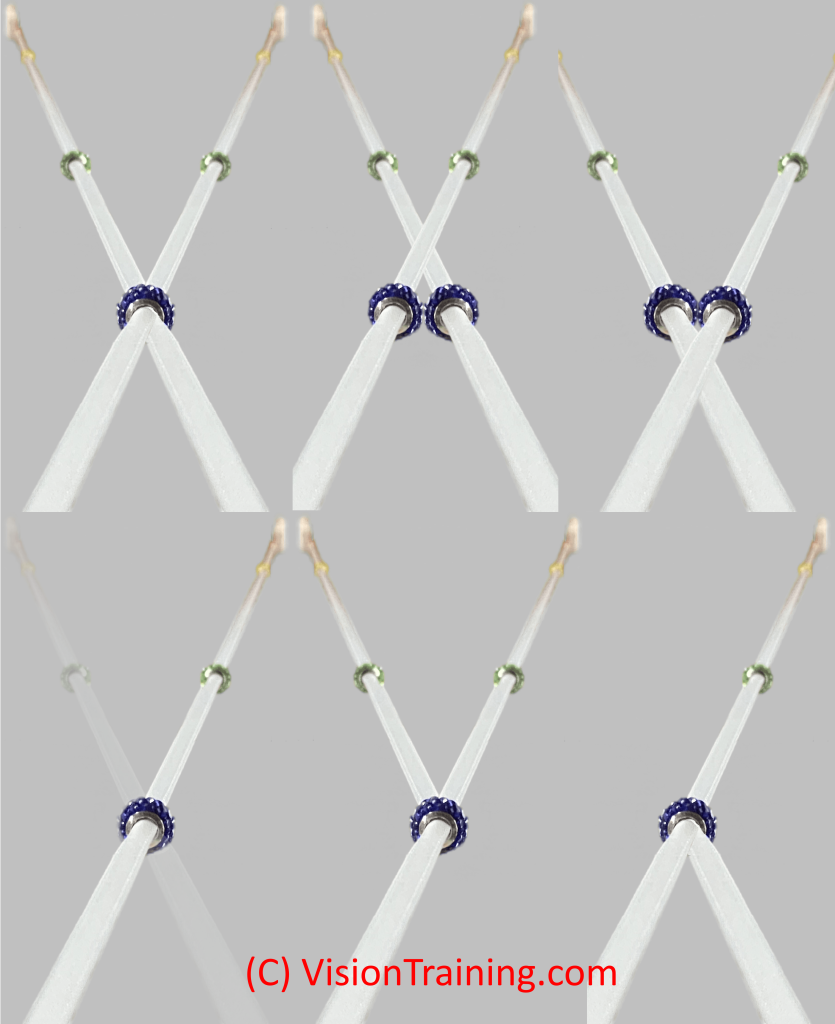
But that's just the beginning...
Your brain uses 20+ areas just for visual processing.
And vision makes up 70-80% of your sensory input.
When your eyes aren't working together properly, it's like driving with the parking brake on...
Sure, you'll get there eventually. But everything's slower. Sluggish. Frustrating.
That's why the Neuro-Sync Protocol gives you multiple ways to enhance your vision INSTANTLY:
→ Quick drills you can do right now (no special equipment needed)
→ Exercises using just your phone, a USB cable, or a removed shotgun barrel
→ Simple movements that enhance the speed and accuracy of your visual system
→ And yes, the advanced Ox String drills (but these are just a small part of the system)
The results we're seeing are absolutely insane:
For shooters:
• FAST, Automatic aiming...with irons, a dot, or a bead
• Tighter groups
• Dramatically better both-eyes-open performance
For everyone else:
• Less eye strain during screen time
• Fewer headaches
• Reduced neck tension
• Better balance and movement
Even Sports Illustrated just exposed vision training as the "secret weapon" of elite pro athletes in their December 2024 "Total Athlete" issue.
(About time the mainstream caught up...)
But here's what they didn't mention:
Most vision training takes forever. And costs a fortune.
That's why I developed the Neuro-Sync Protocol...
It takes all the proven vision-enhancement techniques used by elite athletes...
And makes them accessible to EVERYONE.
You can start improving TODAY - right after you get access.
No waiting required.
No expensive equipment needed.
Just quick, simple drills you can do anywhere in 10 minutes or less.
You could literally be:
• Sitting in your car at the range
• Pull up the training on your phone
• Do these quick drills
• And see improvement when you walk up to the line to shoot
What You Get Inside The Video Training:
The Complete Neuro-Sync Protocol
(Taken directly from my $300/hour private consulting)
Inside you'll get:
✓ HD Video Training:
→ Every drill explained step-by-step with follow-along videos
→ Simple instructions anyone can follow
→ Train anywhere, on any device
→ These are the exact drills I use with pros
✓ Quick-Start Eye Dominance Assessment
→ Find your TRUE eye dominance
→ Spot hidden vision issues in minutes
→ Custom drill recommendations based on YOUR patterns
✓ Patent-Pending Ox String Training Tool
→ Simple but powerful training device
→ Portable - fits in your range bag
→ Durable material lasts for years
These are the exact same drills I use with:
• Special Operations
• Law enforcement
• Competition shooters
• Iron sight, red dot, shotgun, carbine, long range precision and ball sport athletes
• And everyday shooters who want an edge
And while we could schedule a one-on-one consulting session to learn this...
You can get the complete Neruo-Sync Protocol today for just $37 for Neuro-Sync + Ox String...but you've got a couple of other options depending on which options you want.
And here's the best part...
You can start using these techniques literally minutes from now:
→ The instant-results drills (do these in your car before shooting)
→ The phone-based exercises (perfect during lunch breaks)
→ The barrel-focus drills (use these at the range)
→ And yes, the advanced Ox String techniques (once your tool arrives)
I've structured this to make it accessible for EVERYONE:
| Drills Included | Neuro-Sync Protocol | Neuro-Sync + Ox String | See Quicker Shoot Quicker 2.0 |
|---|---|---|---|
| Price | $17 | $37 | $97 |
| Patent Pending Ox String | ✕ | ✓ | ✓ |
| Build-Your-Own Vision String Instructions | ✓ | ✓ | ✓ |
| Front Sight Ox String Drills | ✓ | ✓ | ✓ |
| Stabilize Eye Dominance Ox String Drills | ✓ | ✓ | ✓ |
| Visual Suppression Ox String Drills | ✓ | ✓ | ✓ |
| Both Eyes Open Ox String Drills | ✓ | ✓ | ✓ |
| Target Transition Ox String Drills | ✓ | ✓ | ✓ |
| Moving Target Ox String Drills | ✓ | ✓ | ✓ |
| Level 1 Stress/Amygdala Modulation Drills | ✓ | ✓ | ✓ |
| Ox String Drills From Red Dot Mastery Book | ✓ | ✓ | ✓ |
| ADVANCED OX STRING DRILLS | |||
| Dynamic (shooting on the move) Ox String Drills | ✕ | ✕ | ✓ |
| Inhibition Drills with Ox String | ✕ | ✕ | ✓ |
| Hand-eye coordination Ox String Drills | ✕ | ✕ | ✓ |
| Advanced Ox String Sensory Integration | ✕ | ✕ | ✓ |
| Advanced Ox String Trip Avoidance Drills | ✕ | ✕ | ✓ |
| NON-OX STRING VISION AND SENSORY INTEGRATION DRILLS | |||
| Advanced Vision & Breathing for Stress Modulation and Amygdala Deactivation | ✕ | ✕ | ✓ |
| "Flinch Fixer" drills | ✕ | ✕ | ✓ |
| Muscle Tension Melter vision drills | ✕ | ✕ | ✓ |
| Enhanced "natural point of aim" drills | ✕ | ✕ | ✓ |
| Concussion/TBI/Long Covid Drills | ✕ | ✕ | ✓ |
| Peripheral Awareness Drills | ✕ | ✕ | ✓ |

Who Else Uses Vision Training?
In the shooting world, we've got big names like Jerry Miculek, Mike Seeklander, and Max Michel who talk publically about their experience with vision training.
The guy who wrote the book on sniper training for the SEAL Sniper program, Chris Sajnog, used vision training to help drive faster gains in performance than they'd ever seen before.
The Dec24 Sports Illustrated "Total Athlete" issue has a whole section on elite athletes who are expanding what's possible, fine tuning decision making skills, enhancing focus, and boosting reaction speed with vision training.
Top athletes in EVERY pro and Olympic sport use vision training to unleash the potential of their God given ability, training, and equipment.

I've used vision training to help elite military and law enforcement training programs get results that had previously been thought impossible.
Back up a bit, and vision training is one of the biggest factors that separates #1 from the top 10% in any sport that involves balls or movement...from pickleball and cornhole to Formula 1 and aerial racing.
Why is that?
It's because all of these skills are built on vision, balance, and stress modulation.
Take away any of those and it's going to take longer to improve and performance is going to COST more. < That means that we may get glimpses of incredible performance, but it's inconsistent and drops off over time.
The cool thing is that vision, balance, and stress modulation are inter-connected and the drills in the training are specifically designed to improve all 3 at the same time...in minutes.
This is Crazy...
Who is This Guy?
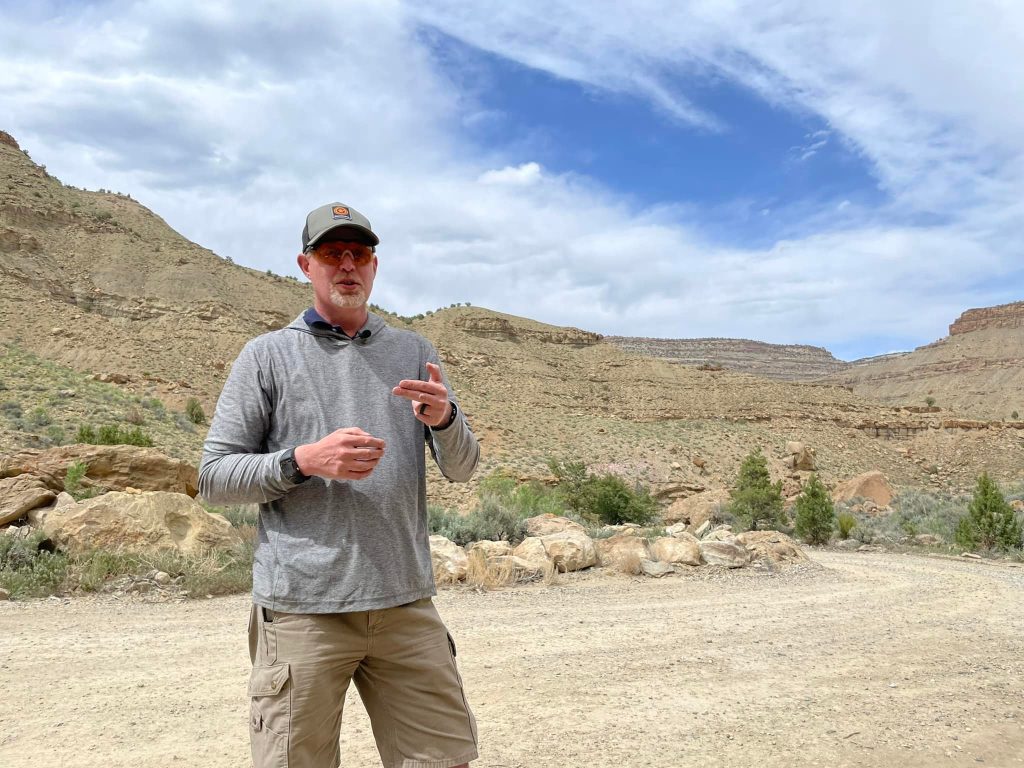
I'm Mike "Ox" Ochsner. I'm one of a handfull of neurology based firearms instructors in the world.
I wasn't always a neurology professional. It was kind of forced on me.
In my mid-late 30s, the consequences of 15+ concussions where I lost time caught up with me. None of my concussions were from heroic deeds. I've had more than my share of hard impacts with rocks, cement, trees, fists, and heads. And more than a lifetime of being next to people shooting .50 caliber rifles with muzzle brakes.
As a result, I had vertigo most nights for a few years, my eyes stopped tracking correctly, I had constant headaches, I went from being very athletic to falling often (and getting more concussions), reading wasn't fun anymore, my hand-eye coordination stopped working, and I had constant random pains on the left side of my body.
Life sucked and it was hard. I wasted a ton of energy "seeing," not falling, and not running into things.
I had to make a choice of whether this was my new "normal" or if I had another option.
Neurology, and specifically vision training, helped me get my life back...in less than an hour with a neurology trainer.
On a hunch, I started using some of the drills that helped me with shooters I was working with, and saw explosive results.
I was hooked.
I dove deep down the neurology rabbit hole...training with Next Level Neuro, Z-Health, Wharton Neurology, and more. Hundreds of hours of neurology continuing education...including more than 100 hours of live training this year alone!
Neurology and vision training changed my life. It took at least 10 years off the clock and allowed me to become a master level shooter with a subcompact.
In the process, I wrote a book on neurology based gun training that's been called the best firearms training book in existence and used by elite military, law enforcement, and civilian instructors and shooters. More recently, I was the co-author of the best selling book, Red Dot Mastery. My presentations at firearms instructor and neurology conferences have been called the best in 20 years, and I've had the opportunity to help thousands of shooters use neurology and vision training to unlock performance that they didn't think was possible for them.
And I'd like to do the same for you with this training.
Still skeptical? I get it.
Watch this presentation I gave to 100 shooters at a recent event.
It's about an hour long, but shooters tell me it's some of the most valuable training they've ever gotten.
Frequently Asked Questions
I've been told I don't have a dominant eye...can this help me?
People who THINK that they don't have a dominant eye are oftentimes the ones who the Ox String helps the most.
The fact is that the brain prefers one eye over the other for sighting and threat avoidance and it's the eye who's image gets processed fastest...not necessarily the clearest eye or the eye we'd like it to be. In some people, eye dominance is determined by one optic nerve being a single neuron shorter and the signal getting processed 15ms faster.
Eye dominance is contextual and can change based on which hand we're holding the gun in, whether we're holding the gun with one hand or two, whether it's a pistol or shoulder mounted weapon, and which direction we're looking/pointing.
To top it off, most eye dominance testing is only designed to show people whether they are right or left eye dominant. The brain is more complex than that and there are actually 4 types of dominance that we want to test for. The Ox String will help stabilize dominance to the right or left eye to make fast+accurate shooting much, much easier.
I already have a Brock String...will this help me?
YES! You'll find that the portable nature of the Ox String AND the greatly expanded drills will let you do things that few knew were possible with the old-school Brock String.
I have Monovision...can this help me?
Monovision is where one eye sees up close better and the other eye sees far away better. It can happen naturally, because of injury, because of contacts, or because of surgery.
Monovision promises the best of both worlds at a tremendous cost. In fact, monovision causes distortions in perception extreme enough that the FAA has a restriction on monovision for pilots.
If you have monovision contacts, I would reccomend taking them out to train on the Ox String.
If you have monovision because of an injury or surgery, then there will be benefits to getting the eyes to work together, but the close eye's perception of the string/bead will always be much clearer and crisper than the far eye's perception and you may want to work with the Ox String at further distances rather than up close.
How Do I Go Through Your Live Vision Training?
I run a live online Vision Training for Instructors class a few times a year. You get immediate access to the recordings of past classes, as well as the ability to re-take the class multiple times. For details, click the "Questions" link below.
How Do I Schedule You To Consult For Our Agency/Unit/Company and/or Speak At Our Conference?
Click the "Questions" link below and we'll get you taken care of.
I only have 1 eye...how can this help me?
My father in law lost an eye to cancer and my best man and friend for 30+ years lost his eye in a skiing accident when we were seniors in high school and I work with one-eyed shooters on a regular basis.
Some aspects of vision aren't an issue for one-eyed shooters, like coordination between the eyes, fusion of the images, and dominance.
The base training and Ox String on it's own won't be a great solution for one-eyed shooters, but there are several aspects of vision that we cover in the See Quicker Shoot Quicker 2.0 training that can have a dramatic impact for one-eyed-shooters.
Some of them are:
-Sensory integration (getting your eye, inner ears, and body awareness on the same page about how you're moving and which direction is straight ahead.)
-How to use the eyes to inhibit or stop flinch
-How to improve the quality of eye movements so that you can track moving targets faster and more accurately
-How to improve your ability to do fast+accurate "shifts" of the eye for ambushing the clay/bird.
-How eye movements impact residual muscle tension that can create stiffness and soreness
-Drills to improve natural point of aim
-How to expand and improve peripheral awareness and peripheral vision
How's the DIY "Build-Your-Own" Option Work?
Over the years, I've created 50+ different versions of the original Brock vision training string, and improvised solutions when nothing else is available. None of them are as fast, easy, or effective as the Retractable Ox String, but they do work and I still use them in a pinch. You're going to want these even if you get an Ox String in case you find that you need to do the drills and forgot your Ox String or don't have it with you.
In the training, you'll learn how to make your own vision training string out of whatever items you happen to have in your environment.
Once you experience the impact of the drills, you'll understand why it's so important to have a way to do the drills...even if you don't have your Ox String yet or don't have it with you.
Questions?
Click HERE And Ask Away...

Firearms are designed to project force at a distance and are designed to break and destroy what they're pointed at. By visiting this site, you hereby agree not to aim a firearm at anything you aren't willing to destroy...regardless of whether or not you think it's loaded. You also agree to take responsibility for your actions and hold this site, the author, and anyone associated with the site or the author harmless for the use or misuse of the information that you find through the course of visiting this site.
Government Contracting Info: CAGE: 894B7 D-U-N-S: 116986122